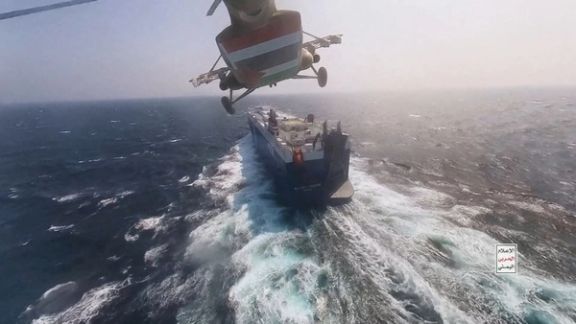“I don’t think people really understand just kind of how deadly serious it is what we’re doing and how under threat the ships continue to be,” Cmdr. Eric Blomberg with the USS Laboon told the AP on a visit to his warship on the Red Sea.
“We only have to get it wrong once,” he said. “The Houthis just have to get one through.”
Capt. David Wroe, the commodore overseeing the guided missile destroyers, says “it is every single day, every single watch, and some of our ships have been out here for seven-plus months doing that."
The US Navy prepared for decades to potentially fight the Soviet Union, then later Russia and China, on the world’s waterways. However, instead of a global power, it finds itself locked in combat with a shadowy, Iran-backed rebel group based in Yemen, the AP's report said.
The Houthis, an Iranian proxy group, began targeting maritime commercial traffic in mid-November following a call by Iran’s Supreme Leader Ali Khamenei for Muslim countries to blockade Israel. Initially confined to the Red Sea, these attacks have since extended to other crucial waterways, including the Indian Ocean.
The United States and Britain have bombed Houthi military installations several times since January, but the Iran-backed group has accelerated attacks in the past two weeks, as Israel continues operations in Gaza and attacks Iran-backed Hezbollah targets in Lebanon.
The Houthi campaign has disrupted global shipping, forcing firms to re-route to longer and more expensive journeys around southern Africa. It has also stoked fears that the Gaza war - in which the local health ministry says over 37,000 have been killed - could spread and destabilize the wider Middle East.









